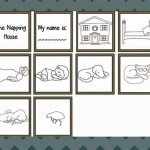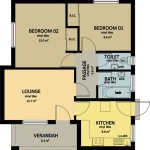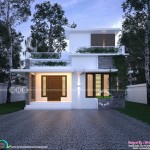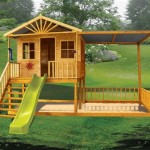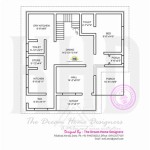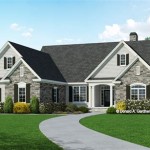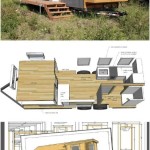Tiny Cabin On Wheels Plans
The increasing popularity of tiny homes reflects a growing desire for simpler, more sustainable living. A key segment of this movement focuses on tiny cabins on wheels, offering mobility and freedom alongside minimized living. Building a tiny cabin on wheels requires careful planning and execution, starting with a well-developed set of plans.
Tiny cabin on wheels plans provide the blueprint for construction, detailing dimensions, materials, and assembly instructions. These plans are crucial for ensuring structural integrity, efficient space utilization, and compliance with local regulations. A comprehensive plan typically includes floor plans, elevation views, framing diagrams, electrical layouts, plumbing schematics, and a materials list.
Finding the right plans involves considering several factors. Lifestyle needs dictate the size and layout of the cabin. A solo dweller might prioritize a smaller footprint with a combined living and sleeping area, while a couple or small family may require separate bedrooms and a larger living space. The climate of the intended location also influences design choices. Insulation, window placement, and heating/cooling systems need to be adapted to the local weather conditions.
Budget is another critical consideration. Building materials vary significantly in cost, and the complexity of the design impacts the overall expenditure. Plans for simpler designs utilizing readily available materials can be more budget-friendly than elaborate, custom-designed cabins. Available building skills also play a role in plan selection. Beginners may opt for simpler plans with clear instructions, while experienced builders might tackle more complex designs.
Once suitable plans are acquired, the building process can begin. This typically involves constructing a trailer-mounted frame, sheathing the exterior walls, installing insulation, adding roofing, and finishing the interior. Choosing a durable and appropriately sized trailer is essential for ensuring the cabin's stability and longevity. The trailer's weight capacity should be carefully considered in relation to the planned cabin weight.
Framing typically involves pressure-treated lumber for the base frame and structural members. The walls are then sheathed with plywood or other suitable materials, creating a weather-resistant barrier. Insulation is crucial for maintaining a comfortable interior temperature and minimizing energy consumption. Various insulation options exist, including fiberglass batts, spray foam, and rigid foam boards.
Roofing materials should be selected for durability, weather resistance, and aesthetic appeal. Common options include metal roofing, asphalt shingles, and cedar shakes. Proper ventilation is crucial to prevent moisture buildup and extend the roof's lifespan. Windows and doors should be strategically placed for natural light, ventilation, and views.
Interior finishing involves installing flooring, walls, cabinets, and fixtures. Space-saving design principles are essential in tiny cabins. Multifunctional furniture, built-in storage, and vertical space utilization are common strategies for maximizing functionality within a limited footprint.
Plumbing and electrical systems require careful planning and professional installation when necessary. Water tanks, pumps, and plumbing fixtures must be integrated efficiently. Electrical wiring, outlets, and lighting should adhere to safety codes. Heating and cooling systems should be sized appropriately for the cabin's volume and climate.
Legal and regulatory aspects vary by location. Zoning regulations, building codes, and permitting requirements need to be researched and adhered to. Some areas may have specific regulations concerning tiny homes on wheels, including restrictions on size, location, and utility connections.
Choosing between pre-designed plans and custom plans depends on individual needs and preferences. Pre-designed plans offer a cost-effective and readily available option, often with proven designs and clear instructions. Custom plans allow for greater flexibility and personalization but typically require more time and investment.
Several online resources and marketplaces offer a wide selection of tiny cabin on wheels plans. Reputable architects and designers specializing in tiny homes can also create custom plans tailored to specific requirements. Researching different providers and comparing plan features, costs, and customer reviews can help individuals find the best fit for their project.
Building a tiny cabin on wheels presents a unique set of challenges and rewards. Thorough planning, careful execution, and adherence to regulations are crucial for a successful outcome. A well-chosen set of plans serves as the foundation for creating a comfortable, functional, and mobile living space.

Tiny House Floor Plans 32 Home On Wheels Design

Escape Traveler A Tiny House On Wheels That Comfortably Sleeps 6 Floor Plans Trailer

Tiny House Plans The Project

Free Tumbleweed Diy Tiny House Plans Houses

Design A Tiny House On Wheels Tips And Tools For Diyers

27 Adorable Free Tiny House Floor Plans Craft Mart

224 Sq Ft Tiny House On Wheels By Living Homes Small Diy Floor Plans

Floor Plans For Your Tiny House On Wheels Photos

Tiny House Floor Plans 32 Long Home On Wheels Design

Floor Plans For Your Tiny House On Wheels Photos

